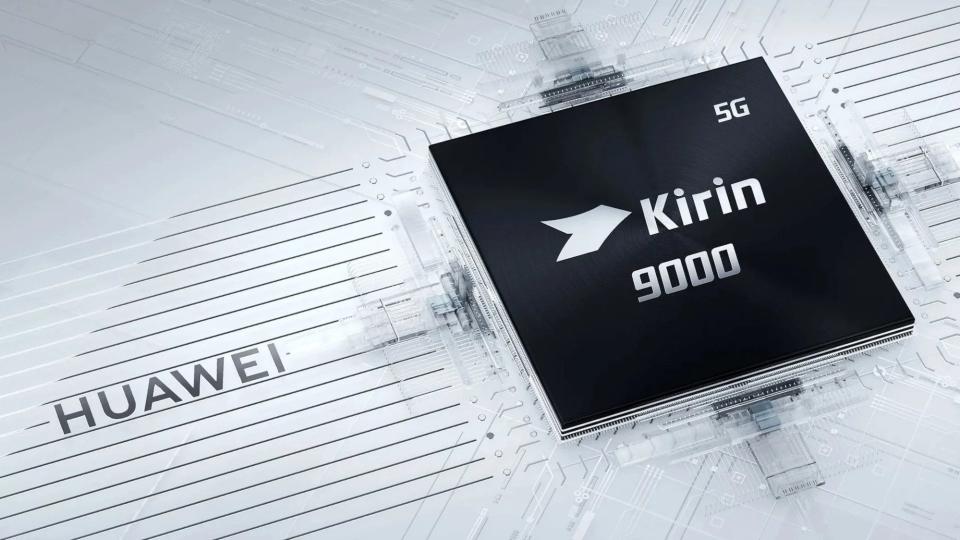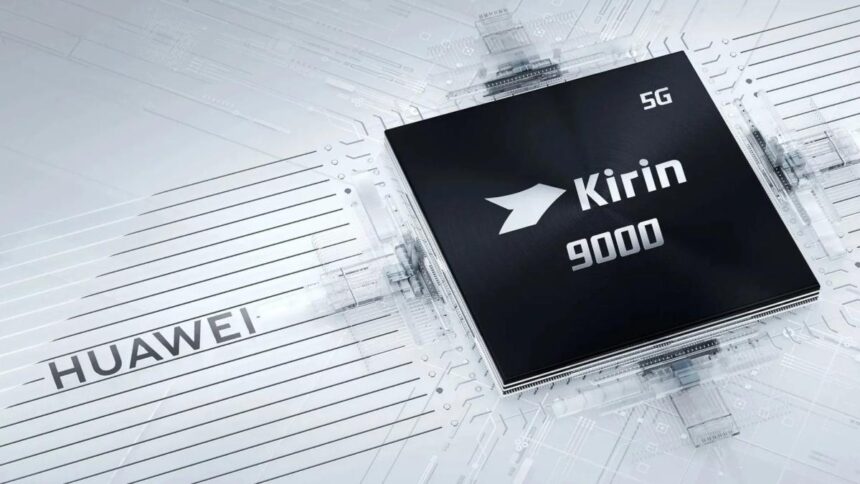Huawei Technologies’ silence over details of the advanced semiconductor that powers its new Mate 60 Pro flagship smartphone has become the subject of intense speculation. Here are some possible explanations for where Huawei got the chip.
1. China’s top chip maker SMIC made the chip for Huawei
This is the most plausible explanation, although both Huawei and Semiconductor International Manufacturing Corp (SMIC) declined to provide details. Based on tests conducted on the smartphone, Chinese benchmarking website AnTuTu identified the central processing unit (CPU) in the Mate 60 Pro as the Kirin 9000s from Huawei’s chip design unit HiSilicon.
Do you have questions about the biggest topics and trends from around the world? Get the answers with SCMP Knowledge, our new platform of curated content with explainers, FAQs, analyses and infographics brought to you by our award-winning team.
Research company TechInsights said in a note on its WeChat account that SMIC has used existing equipment and applied its second-generation 7-nanometre process, known as the N+2 node, to manufacture the 5G-capable Kirin 9000s for Huawei. The California-based research firm said it would provide more details on the phone’s connectivity next week.
If that is the case, it would mark a “breakthrough” for China’s semiconductor industry and a major win for Huawei’s smartphone business.
However, under the US sanctions, SMIC should not have been able to make advanced chips for Huawei.
2. Huawei has produced the chip using its own supply chain network
This is another possibility, coming after a report by Bloomberg, citing the Washington-based Semiconductor Industry Association, as saying the Chinese telecoms giant has been building up a secret chipmaking supply chain by recruiting existing foundries to help it skirt US export controls. In this case, the chip inside the Mate 60 showcases how Huawei has achieved a breakthrough.
This is an unlikely scenario but it fits the Chinese nationalist narrative that Huawei, after biting the bullet for years under US sanctions, has finally defeated the US restrictions.

The Huawei Mate 60 Pro use its Kirin 9000s processor. Photo: Handout alt=The Huawei Mate 60 Pro use its Kirin 9000s processor. Photo: Handout>
3. Huawei dipped into its own inventory of chips for the new phone
This explanation means that the chips in Huawei’s new phone are from inventory, and were manufactured by Taiwan Semiconductor Manufacturing Co (TSMC) before September 2020, when the US doubled down on sanctions to inflict a blanket ban on Huawei and all its subsidiaries’ accessing advanced chips. TSMC relies on US core technology to produce silicon wafers, therefore was required to comply with the sanctions rule.
Huawei was known to have been stockpiling chips from its HiSilicon unit before TSMC cut ties to comply with US sanctions, and some analysts believe it may have used these old chips in the new phone, with some repackaging and modifications.
If this scenario is true, it would mean Huawei is still being starved of advanced chips under US sanctions.
This article originally appeared in the South China Morning Post (SCMP), the most authoritative voice reporting on China and Asia for more than a century. For more SCMP stories, please explore the SCMP app or visit the SCMP’s Facebook and Twitter pages. Copyright © 2023 South China Morning Post Publishers Ltd. All rights reserved.
Copyright (c) 2023. South China Morning Post Publishers Ltd. All rights reserved.








